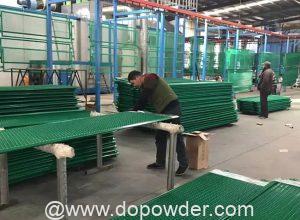What is Dip Coating Process

What is Dip Coating Process
In a dip coating process, a substrate is dipped into a liquid coating solution and then is withdrawn from the solution at a controlled speed. Coating thickness generally increases with faster withdrawal speed. The thickness is determined by the balance of forces at the stagnation point on the liquid surface. A faster withdrawal speed pulls more fluid up onto the surface of the substrate before it has time to flow back down into the solution. The thickness is primarily affected by fluid viscosity, fluid density, and surface tension.
The waveguide preparation by dip-coating technique may be divided in four stages:
- Preparation or choice of substrate;
- Thin layers deposition;
- Film formation;
- Densification throughout thermal treatment.
Dip coating, while excellent for producing high-quality, uniform coatings, requires precise control and a clean environment. The applied coating may remain wet for several minutes until the solvent evaporates. This process can be accelerated by heated drying. In addition, the coating may be cured by a variety of means including conventional thermal, UV, or IR techniques depending on the coating solution formulation. Once a layer is cured, another layer may be applied on top of it with another dip-coating / curing process. In this way, a multi-layer AR stack is constructed.

Comments are Closed